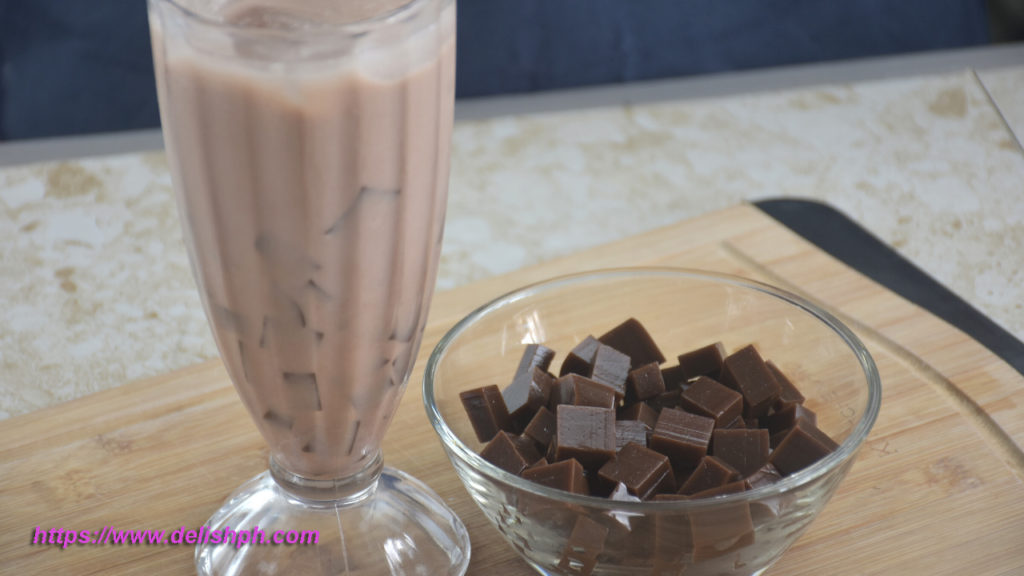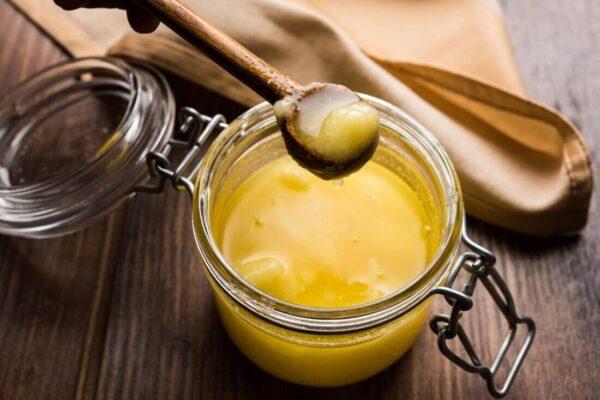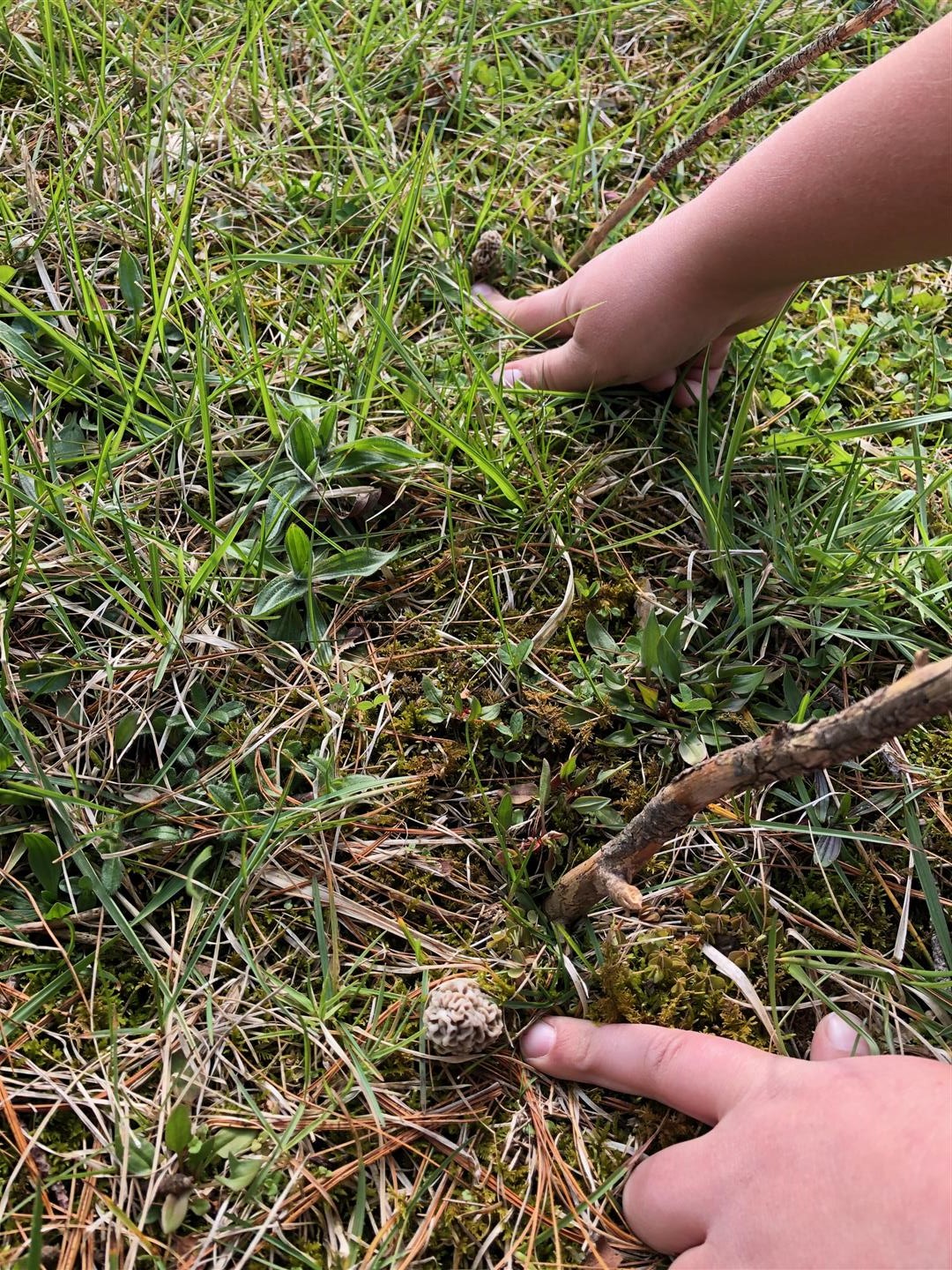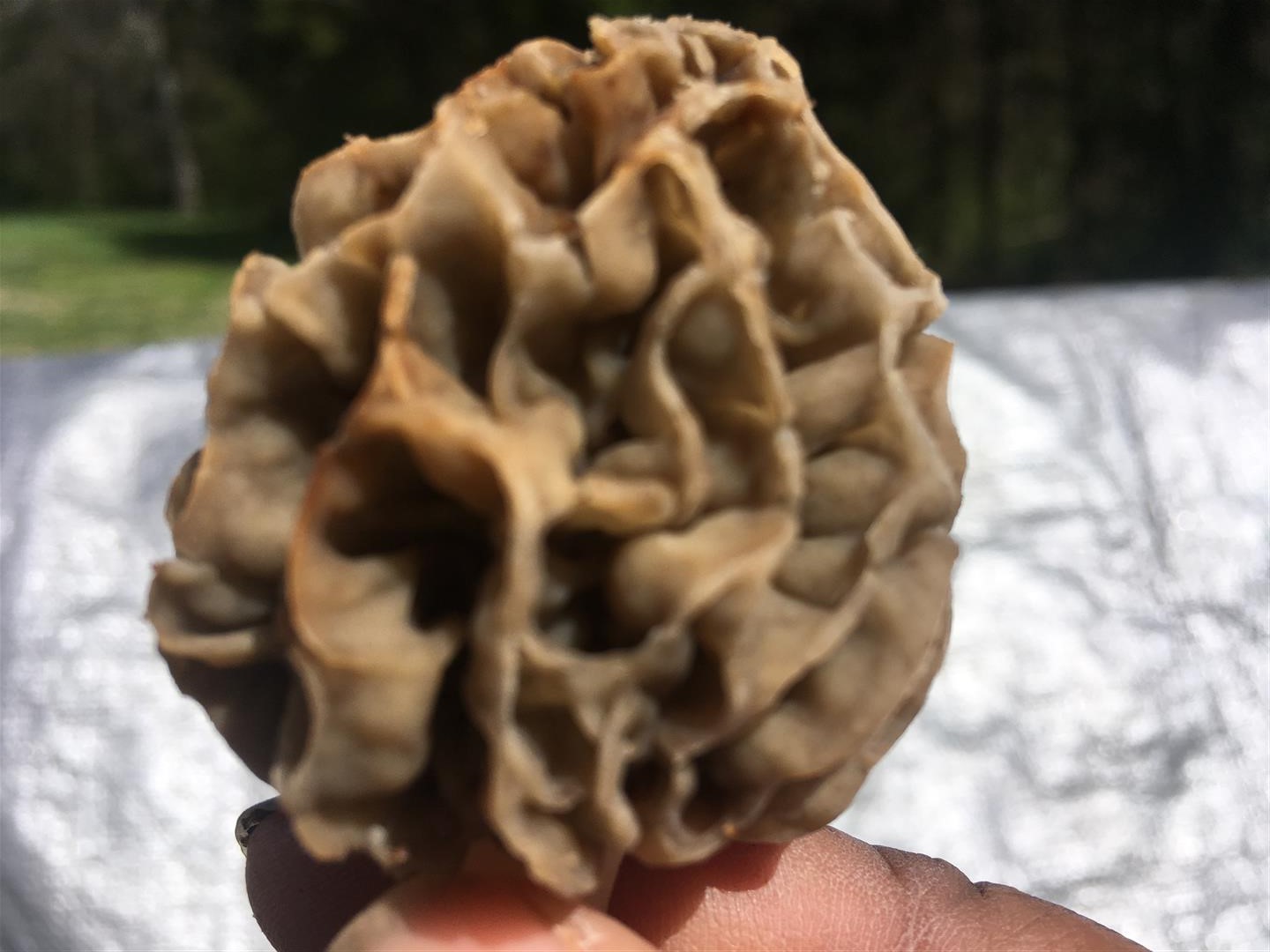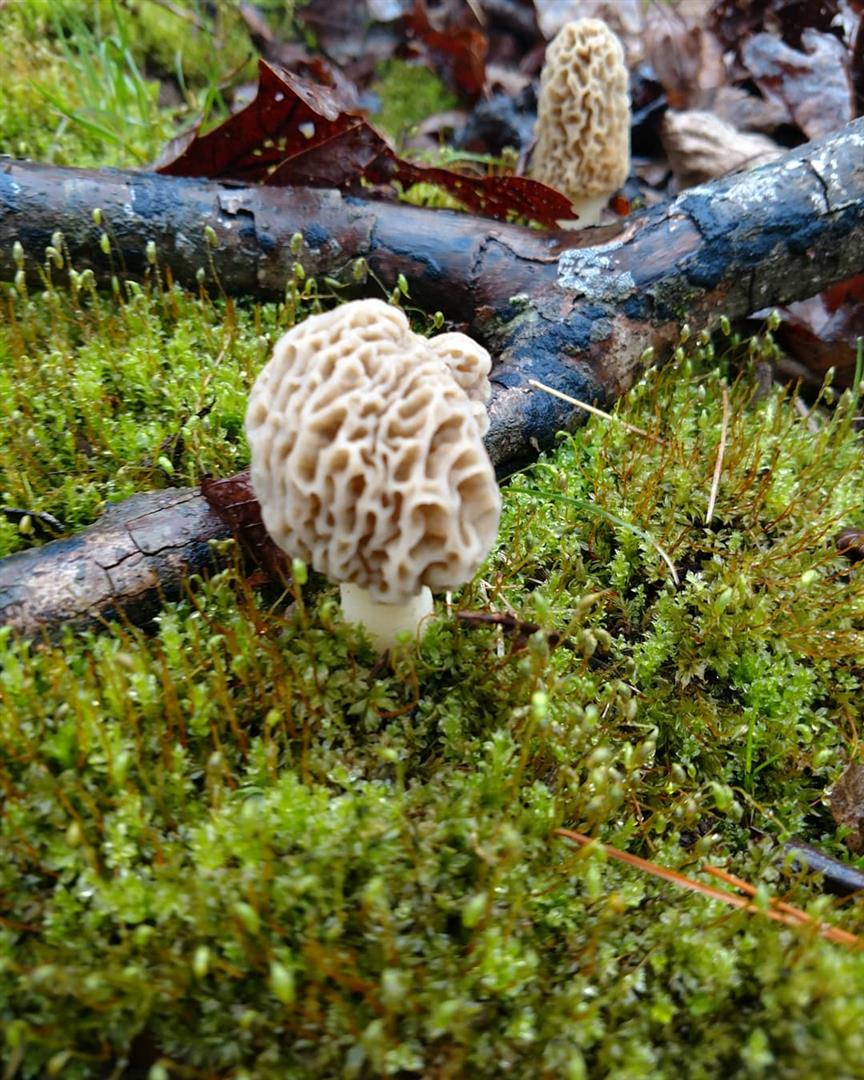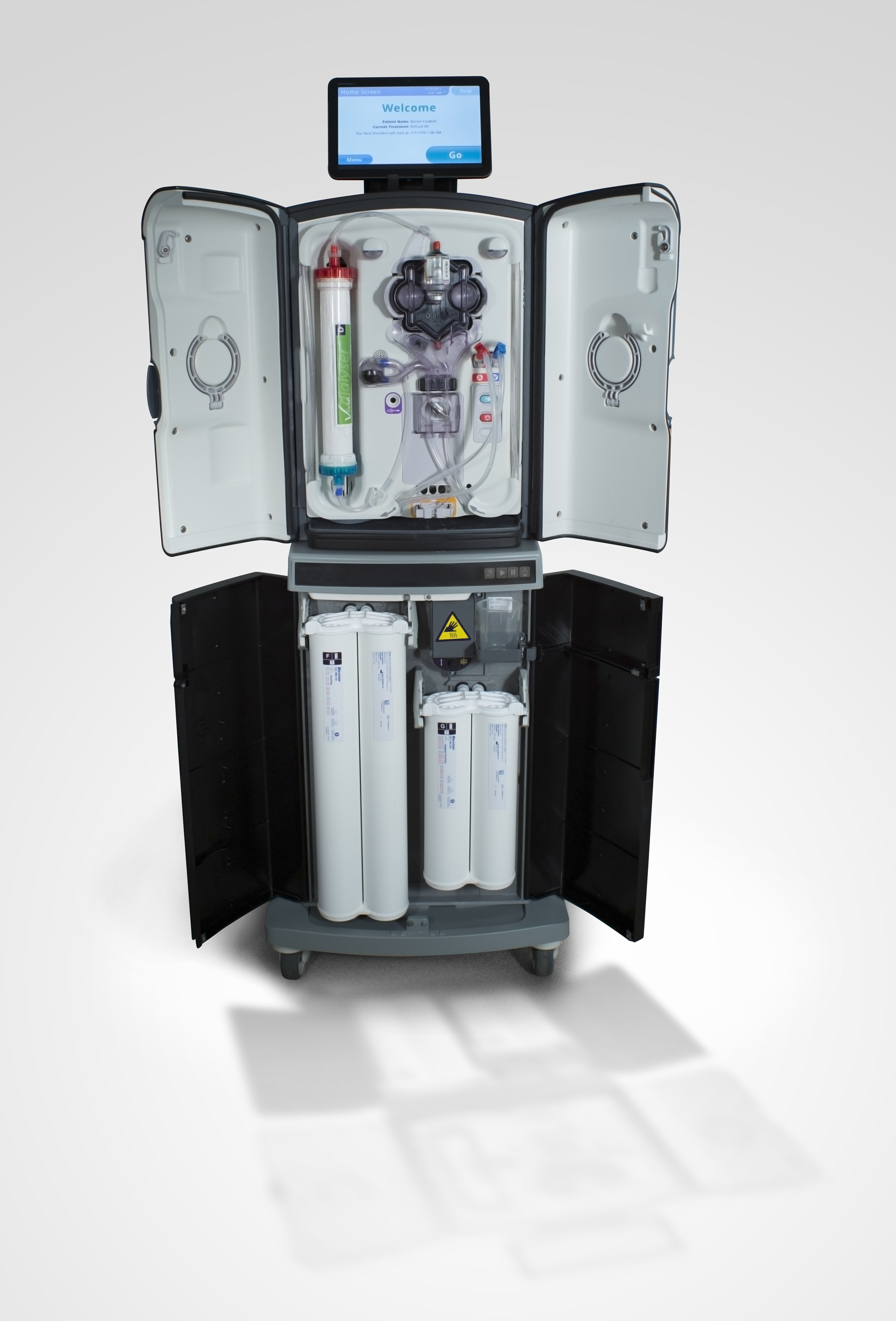Table of Content
Yellow or yellowish-white kefir grains are not a bad sign but rather a normal variation. What has been established however, is that kefir grains originated from the Northern Caucasus Mountain region of the former USSR. Most likely they evolved into being over a very long time. Remember that this stuff is FULL of beneficial probiotics, and that your body might be really lacking probiotics at the moment. Start with just a 1/4 cup or so of kefir per day, it might take your system some getting used to.
Use a plastic spatula or a stainless steel spoon to work the kefir grains in the strainer. Once all the liquid is strained through, put it back in the glass jar and add more milk for your next batch. Depending on your definition of milk kefir, you can! Milk kefir grains are a very specific culture with a very specific combination of microorganisms.
Finding your Kefir grains
Also, leave 2 inches of headspace on top of the jar. However, it has a thinner consistency and is meant to be consumed as a liquid rather than eaten out of a bowl. The drink (“Kefir milk”) is made of kefir grains that look similar to cauliflower florets.

You can tell it’s ready as the milk will set, just like yogurt. Pockets of whey might appear; don’t worry this is normal and they will mix in during straining. Kefir is easy to make safely at home, with minimal kit requirements, so it’s definitely worth adding to your family’s diet. It has a reputation for having a strong, sour flavour that isn’t to everyone’s taste, but it’s surprisingly easy to control the process so it’s delicious and mild.
HOW TO MAKE KEFIR FROM STORE-BOUGHT KEFIR
They are thought to originate from Mexico where they thrived in the sugary water of the Ountia cactus. Freeze kefir grains in fresh milk for up to 6 months. Put your extra kefir grains into a clean, sealable plastic container. Pour in enough fresh milk to cover them, put the lid on the container, then place it at the back of the freezer. If you don’t want to make another batch right away, place kefir grains in a clean glass jar and fill it with small amount of milk.

If you're looking to make kefir at home but don't want to maintain milk kefir grains, choosing aKefir Starteris the best option for producing reliable homemade kefir. You can place your kefir grains directly into a fresh, clean jar and pour new milk on top. Leave on the counter to immediately start another batch. This is as simple as pouring the contents of the jar into a colander or sieve.
How do I know if my kefir grains have gone bad?
These conditions also affect the outcome of your product. Or pre-made kefir, you are likely to have success one, two, three or four at times. There are also chances that you may not produce a successful batch of cultured kefir at the end of the day.
The water is kept at a room temperature range of 20–30 °C (70–85 °F). If the temperature is towards the upper end of this range, the fermentation period is shortened. A typical recipe might contain the tibicos culture, a citrus fruit, and water. Some ingredients will inhibit fermentation, such as chlorine in tap water or preservatives in dried fruit .
You will need 1 cup of special water kefir grains which do not require lactose to sustain. At first, it might take up to 48 hours for the milk to thicken. You can tell it’s ready as the milk will set just like yogurt.

If the milk hasn't turned into kefir after 12 hours, keep checking on it every 2 hours or so for up to 24 hours. You can use plastic storage lids like I did, or you can use regular jar lids. Some suggest that you use a good-sized ball of grains, while others insist that only a tiny amount of grains is needed to culture a quart jar. The recipe is simple and the other good thing is that it is inexpensive.
Let your milk ferment with the grains at room temperature for about 24 hours. You can check on your kefir periodically to see if the whey is separating from the milk kefir, and shake the jar if you remember to help the process along. It is possible to increase the amount of probiotics you consume by drinking kefir every day, which may be beneficial to people with diabetes or autoimmune diseases. As a result of drinking too much at the outset, you may experience loose stools. The more good bacteria in your gut, the more likely it is that you will be able to drink more.
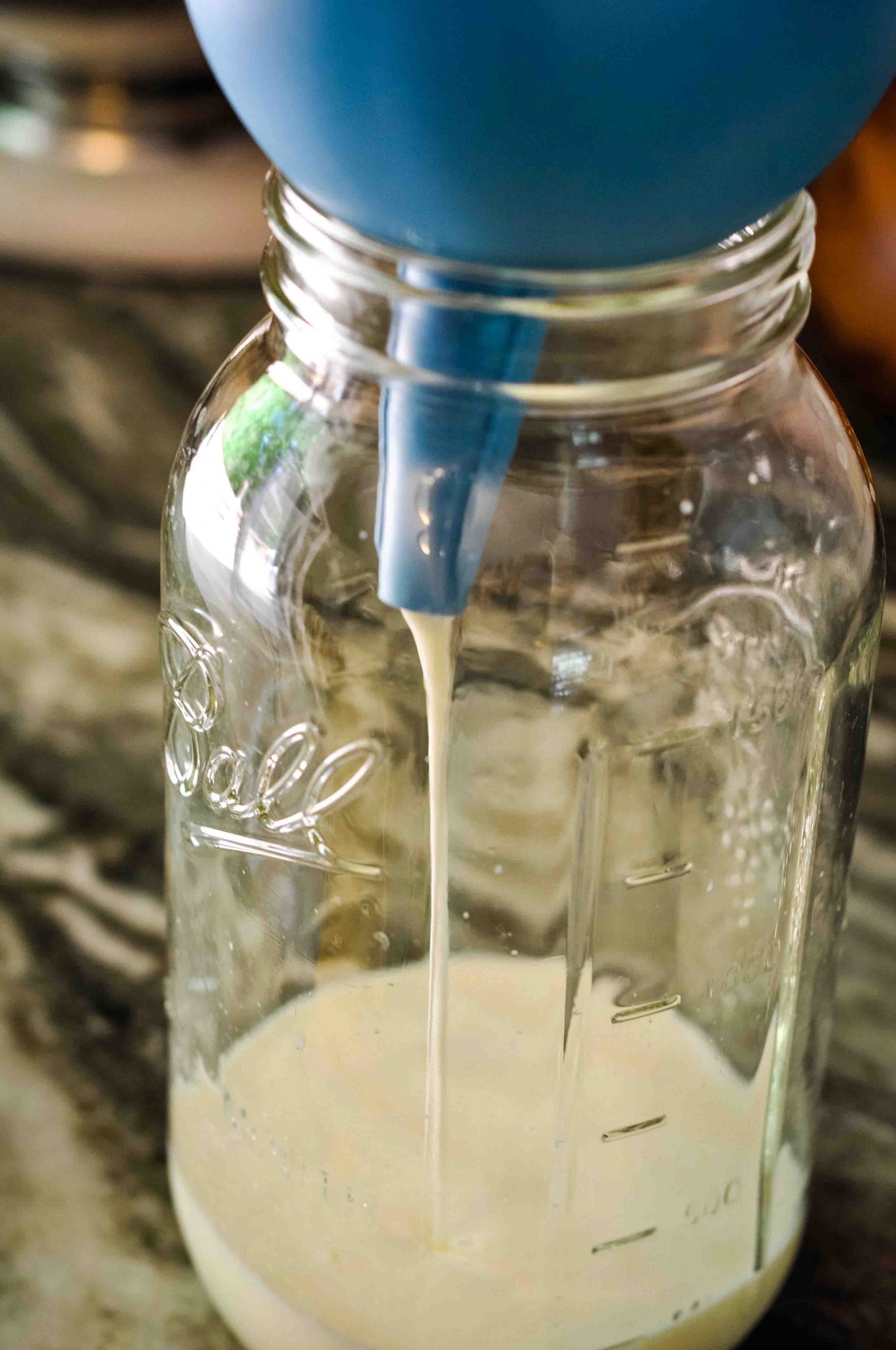
Water kefir is a drink that is both a living beverage and a unique food, and its grains are essential for its many health benefits. Homemade water kefir is a delicious and low-alcohol beverage made with real water kefir grains, which can be made at home. Soya milk makes excellent thick kefir, and the grains will usually grow in this medium. Tinned coconut cream is a better choice than coconut milk, and gives a thick, tangy, almost yogurty consistency; choose an organic brand as these have no additives. How well they will survive a non-dairy lifestyle entirely depends on your own kefir grains and the microbes they contain.



